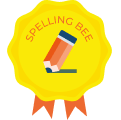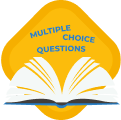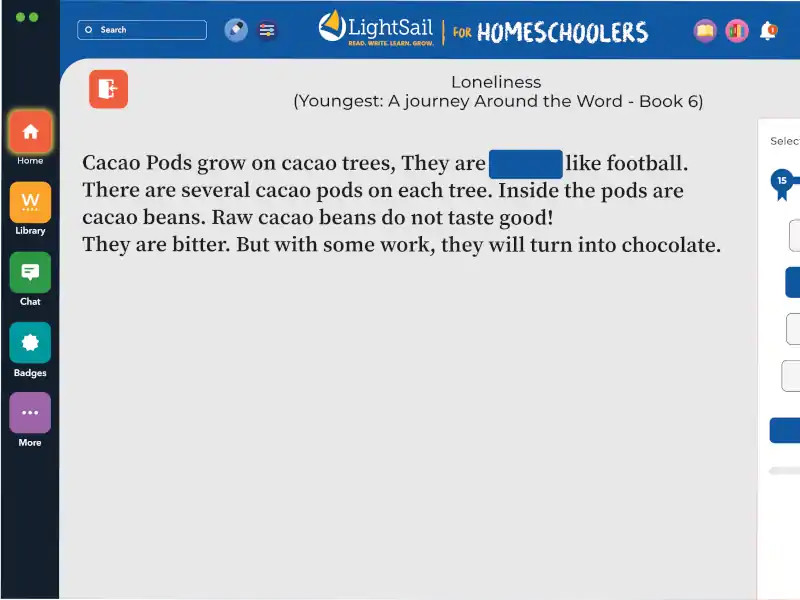Vocabulary
AMP UP YOUR VOCABULARY SKILLS!
Learn vocabulary in context for maximum comprehension, with specialized trackers to focus on only new words!
Basic Spelling Rules
- Short-Vowel Rule: When one-syllable words have a vowel in the middle, the vowel usually has a short sound. Examples: cat, dog, man, hat, mom, dad, got. If the letter after the vowel is f, l, or s, this letter is often doubled. Examples: staff, ball, pass.
- Two-Vowels Together: When two vowels are next to each other, the first vowel is usually long (the sound is the same as the sound of the letter) and the second vowel is silent. Examples: meat, seat, plain, rain, goat, road, lie, pie.
- Vowel-Consonant-e Pattern: When a short word, or the last syllable of a longer word, ends in this pattern vowel-consonant-e, then the first vowel is usually long and the e is silent. Examples: place, cake, mice, vote, mute.
- Y as a long I: The letter y makes the long sound of i when it comes at the end of a short word that has no other vowel. Examples: cry, try, my, fly, by, hi.
- Y as a long E: When y or ey ends a word in an unaccented syllable, the y has the long sound of e. Examples: money, honey, many, key, funny.
- I before E: Write i before e when the sound is long e except after the letter c. Examples: relieve, relief, reprieve. When there is a c preceding, then it is ei : receipt, receive, ceiling, deceive, conceive.
- E before I: Write e before i when the sound is long a. Examples: weight, freight, reign. Another way to remember this is: “I before e except after c, or when sounding like a as in neighbor and weigh.” When the ie/ei combination is not pronounced ee, it is usually spelled ei.
- Oi or Oy: Use oi in the middle of a word and use oy at the end of a word. Examples: boil, soil, toil, boy, toy.
- Ou or Ow: Use ou in the middle of a word and use ow at the end of words other than those that end in n or d. Examples: mouse, house, found, mount, borrow, row, throw, crow.
- Double Consonants: When b, d, g, m, n, or p appear after a short vowel in a word with two syllables, double the consonant. Examples: rabbit, manner, dagger, banner, drummer.
- The ch sound: At the beginning of a word, use ch. At the end of a word, use tch. When the ch sound is followed by ure or ion, use t. Examples: choose, champ, watch, catch, picture, rapture.
All 220 Dolch words by grade in frequency order
| Pre-Primer | Primer | First Grade | Second Grade | Third Grade | |||||
| the | one | he | now | of | take | would | write | if | full |
| to | my | was | no | his | every | very | always | long | done |
| and | me | that | came | had | old | your | made | about | light |
| a | big | she | ride | him | by | its | gave | got | pick |
| I | come | on | into | her | after | around | us | six | hurt |
| you | blue | they | good | some | think | don't | buy | never | cut |
| it | red | but | want | as | let | right | those | seven | kind |
| in | where | at | too | then | going | green | use | eight | fall |
| said | jump | with | pretty | could | walk | their | fast | today | carry |
| for | away | all | four | when | again | call | pull | myself | small |
| up | here | there | saw | were | may | sleep | both | much | own |
| look | help | out | well | them | stop | five | sit | keep | show |
| is | make | be | ran | ask | fly | wash | which | try | hot |
| go | yellow | have | brown | an | round | or | read | start | far |
| we | two | am | eat | over | give | before | why | ten | draw |
| little | play | do | who | just | once | been | found | bring | clean |
| down | run | did | new | from | open | off | because | drink | grow |
| can | find | what | must | any | has | cold | best | only | together |
| see | three | so | black | how | live | tell | upon | better | shall |
| not | funny | get | white | know | thank | work | these | hold | laugh |
| like | soon | put | first | sing | warm | ||||
| this | our | does | wish | ||||||
| will | ate | goes | many | ||||||
| yes | say | ||||||||
| went | under | ||||||||
| are | please | ||||||||
http://www.dolchword.net/

🎉 Correct Answer!
You are absolutly right!
Keep going!

Incorrect Answer!
Don't Give Up and Try Again!
All-Star Features!
21st-century reading tools for the modern kid! With over 100 customizable features, LightSail becomes your child's own personalized platform specific to their needs.
Learn how LightSail’s library is tailored to your child’s reading level!




Learn how LightSail uses
Gamification
Buy one
For every LightSail subscription you purchase for your family . . .
Donate one
. . . the LightSail Foundation will match it and donate a subscription to the charity you select.

Our 90 day money back guarantee
30 Minutes a Day + 5 Days a Week + 3 Months = GUARANTEE your child’s independent reading level will improve.*

We're here to help!
Find answers to frequently asked questions or contact us for more support.
You can email us at
How do I know what books are right for my child?
LightSail takes the guesswork out of choosing books for your child by tailoring each child’s library to their precise reading level.
By honing in on a child’s precise LexileⓇ reading score, LightSail can match them with books that are at that “just-right” level to promote optimal reading progress.
And because LightSail contains such a wide-ranging array of content, there is always a vast selection of books for any topic or interest.
What ages/grades is LightSail for?
LightSail’s Premium and Standard subscriptions are designed for children in grades 3 through 12 (ages 8-18).
We also have a World Book Kids subscription for grades 1 through 2 (ages 5-7) and a World Book Early Learners subscription for PreK through K (ages 2-5).
Is LightSail different from an Amazon Kindle or other e-readers?
Unlike static e-readers, LightSail doesn’t just offer children books.
Every book and article in LightSail contains 6 layers of added features that let your child experience books.
By adapting to a child’s precise reading ability, offering them content that is at that “just-right” reading level to promote literacy growth, and providing a fully customizable, rewarding reading experience, LightSail unlocks the magic of reading in ways no physical book or static e-reader can.
What types of parental control do I have over my child’s activity and content?
In short, complete control.
LightSail contains an entire suite of parental control features that govern every aspect of the platform from video viewing, to chats, to what content can be seen and accessed.
Additionally, LightSail’s revolutionary ChildSafe Content Controls lets parents screen and block content according to dozens of nuanced subcategories based on maturity factors, family values, and religious topics.
How can I make reading fun for my child?
LightSail incorporates gamification features into every aspect of the platform, especially reading!
By integrating badges, goals and milestones, social sharing options, motivational messages, and the ability for parents to add customizable gift rewards, LightSail incentivizes reading, writing, and learning just like kids’ favorite games.
















